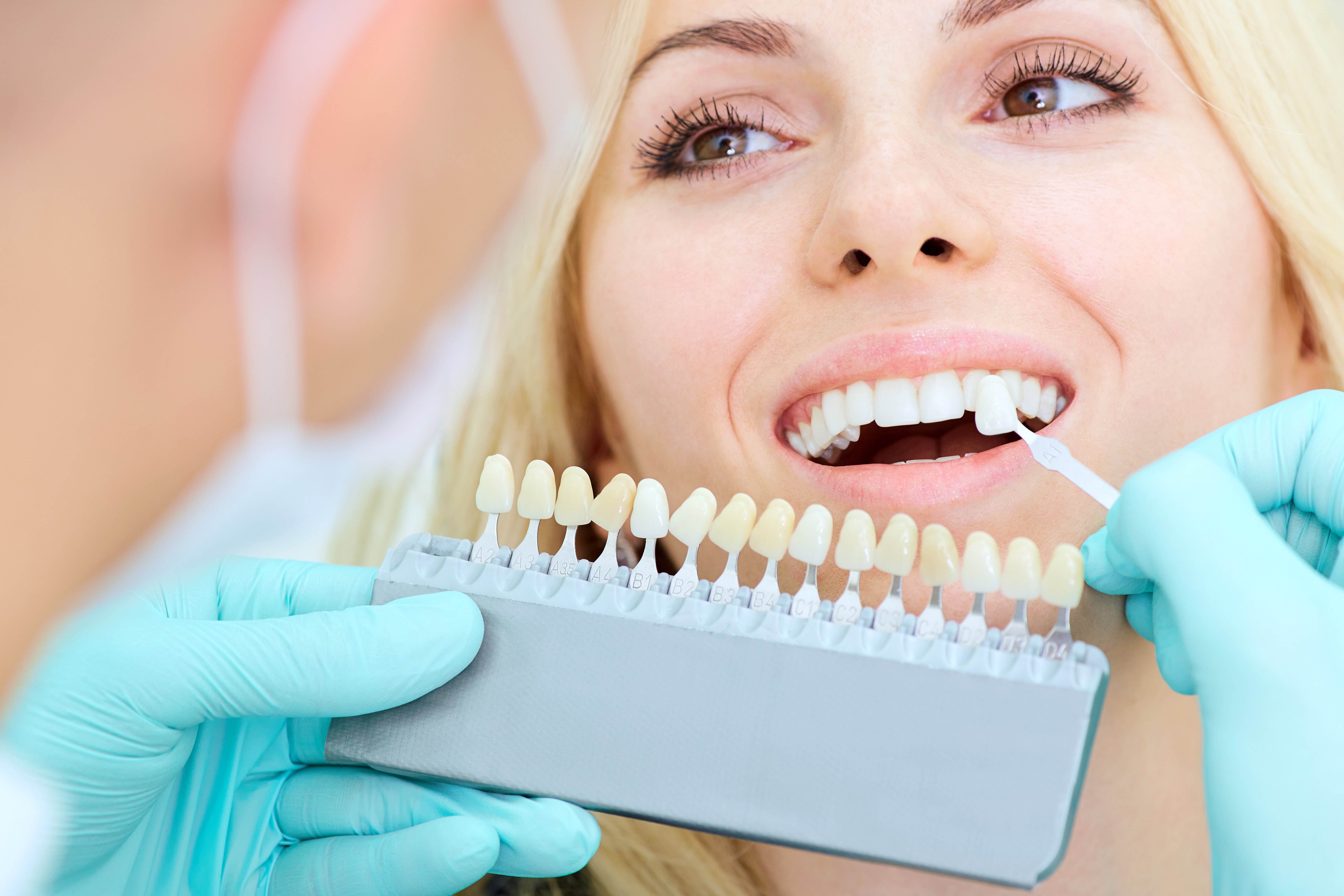Teeth whitening has become an increasingly popular cosmetic dental procedure, allowing individuals to achieve a brighter, more radiant smile. This surge in interest is driven by a desire for self-improvement and confidence, as a whiter smile often enhances one’s overall appearance and can positively impact personal and professional relationships. With numerous options available, ranging from professional treatments in dental offices to over-the-counter products, many are eager to explore the best solutions for achieving their ideal shade of white.
While the allure of brightening one’s teeth is appealing, it’s essential to understand the various methods, their effectiveness, and potential side effects. From whitening strips and toothpaste to laser treatments and custom dental trays, each approach has its unique benefits and considerations. This article will delve into the intricacies of teeth whitening, helping readers navigate the options available and make informed decisions tailored to their needs and dental health.
Understanding Whitening Methods
Each teeth whitening method employs different techniques and concentrations of whitening agents to achieve desired results. Professional treatments offered by dental practitioners generally yield quicker and more pronounced effects, often using higher concentrations of hydrogen peroxide. In contrast, at-home options like whitening strips and toothpaste can be more accessible and cost-effective but may take longer to show visible results. It’s crucial for individuals to assess their preferences, budget, and dental health when choosing a whitening option, as some methods may cause increased tooth sensitivity or gum irritation.

Frequency of Whitening
Maintaining a bright smile after going through a whitening treatment is just as important as the initial procedure. The longevity of whitening effects can vary based on factors such as diet, oral hygiene, and lifestyle habits. Generally, it’s recommended to touch up whitening treatments periodically, but understanding the right frequency is essential to prevent dental complications. For more detailed guidance on maintaining your smile and determining How Often Should You Whiten Your Teeth, consulting with a dental professional can provide personalized recommendations based on individual needs.
In conclusion, achieving a bright, white smile through teeth whitening is a journey that requires careful consideration of the various methods, their effectiveness, and potential side effects. Whether opting for professional treatments or at-home solutions, it’s vital to choose an approach that aligns with one’s dental health and personal preferences. Regular maintenance and adherence to proper oral hygiene practices play crucial roles in prolonging the results of whitening treatments. Ultimately, with informed choices and guidance from dental professionals, individuals can enhance their smiles, boost their confidence, and enjoy the aesthetic benefits of a radiant smile for years to come.


